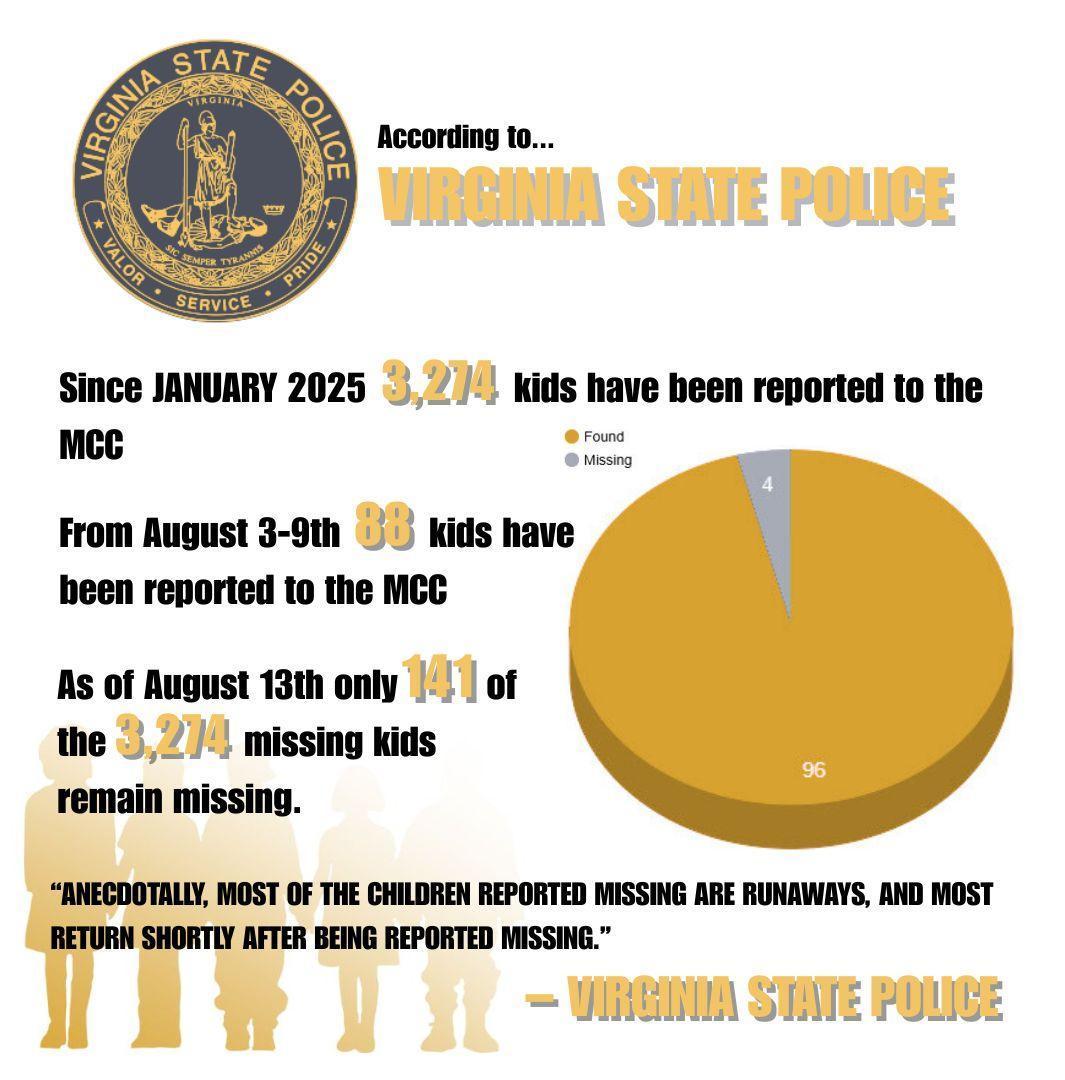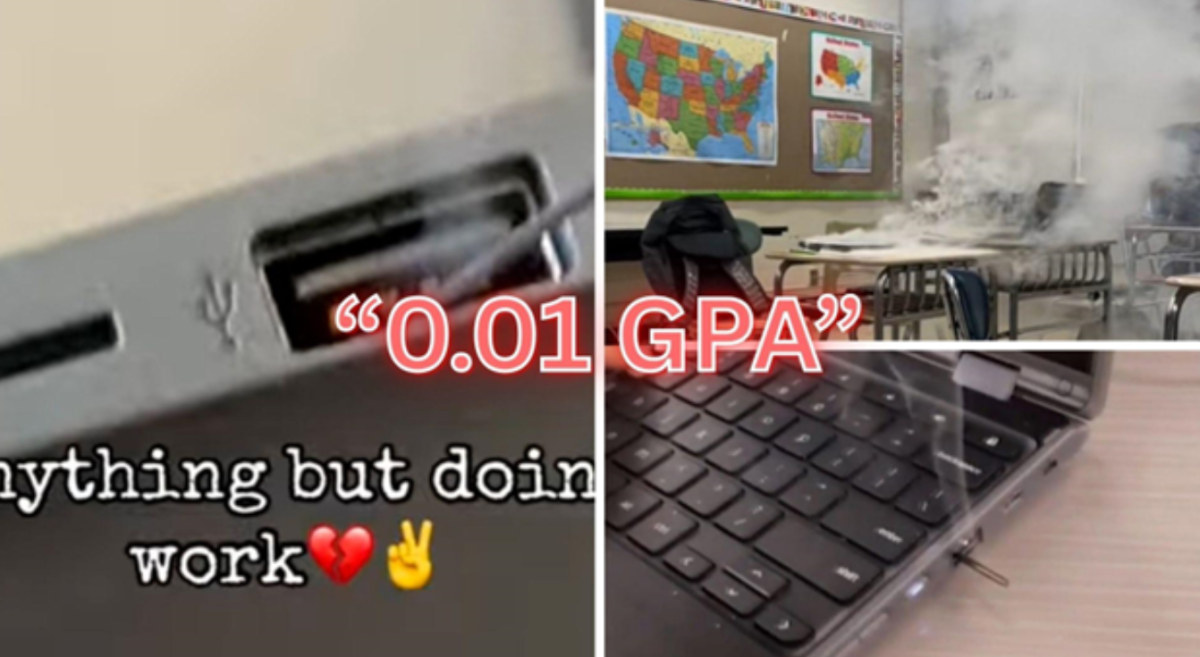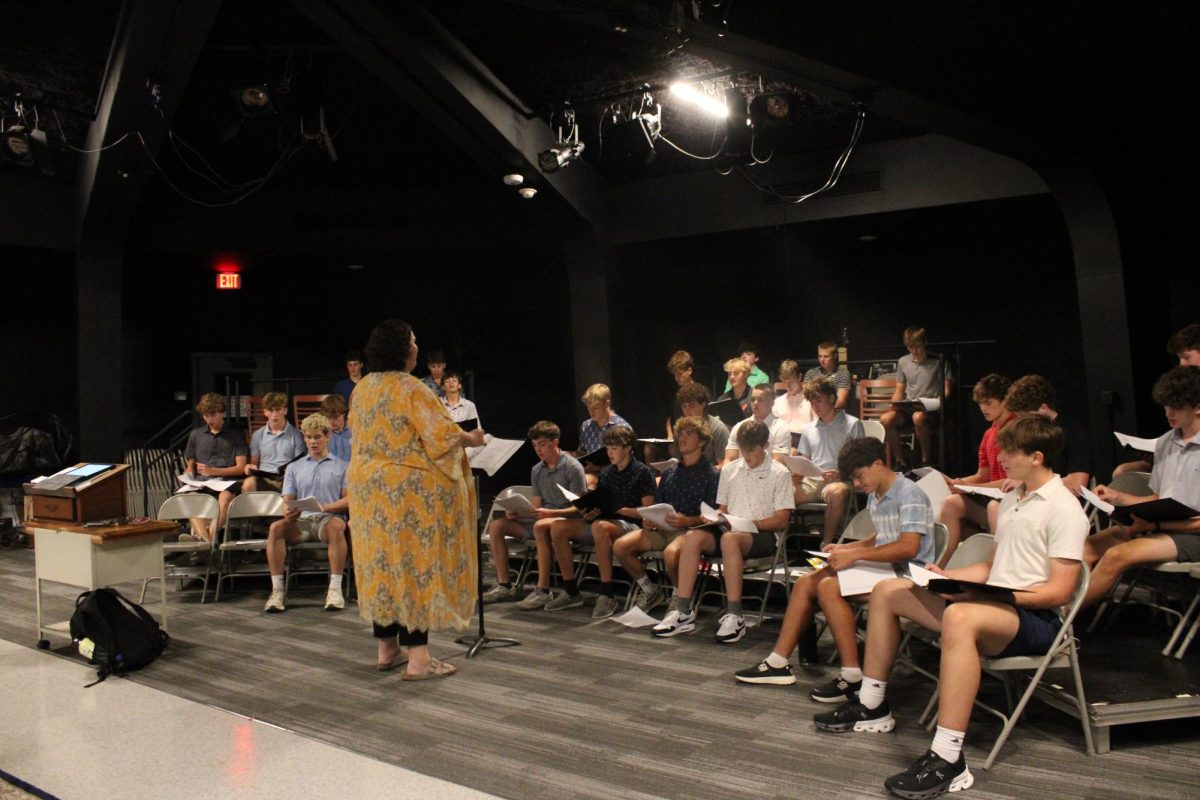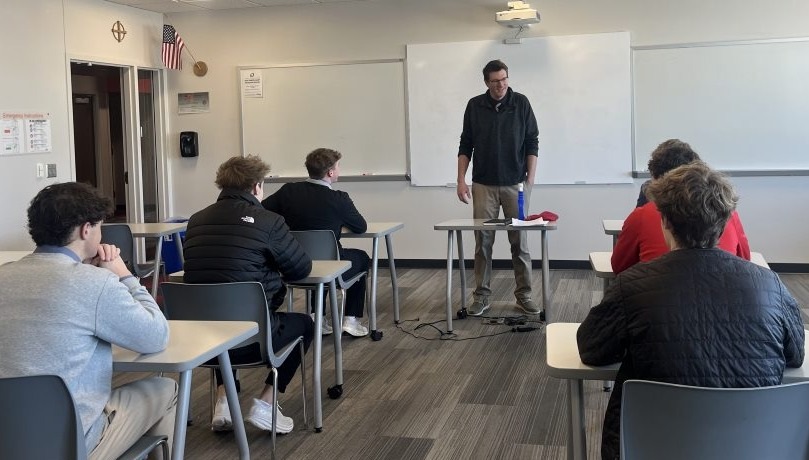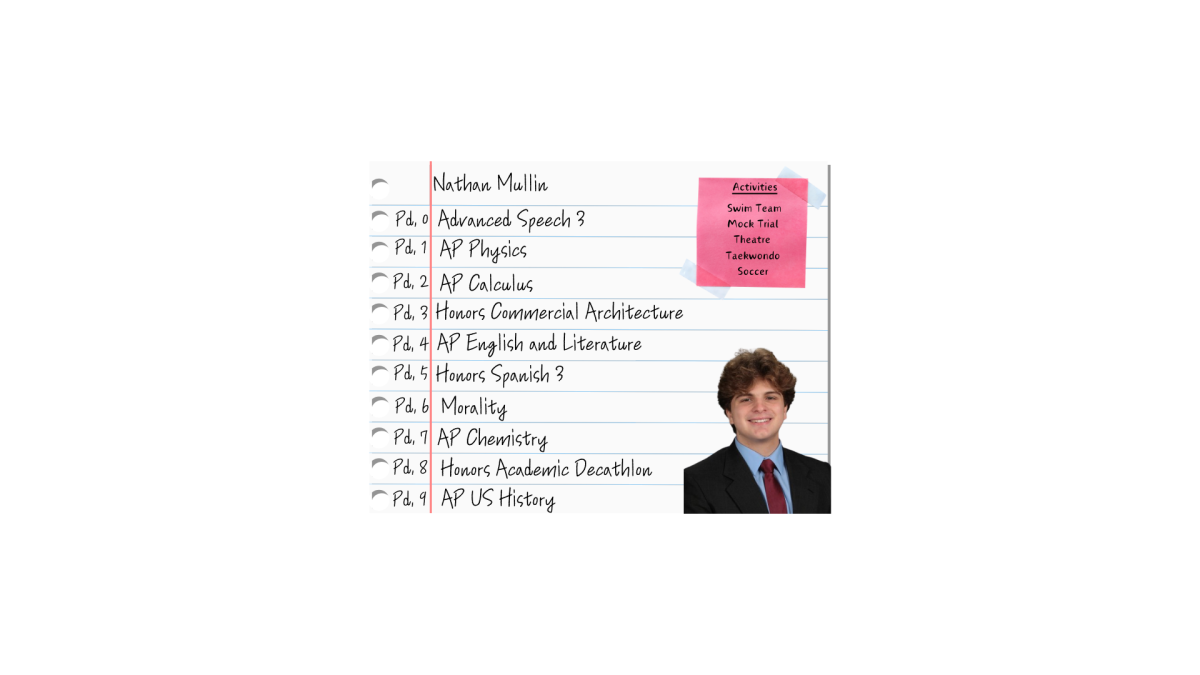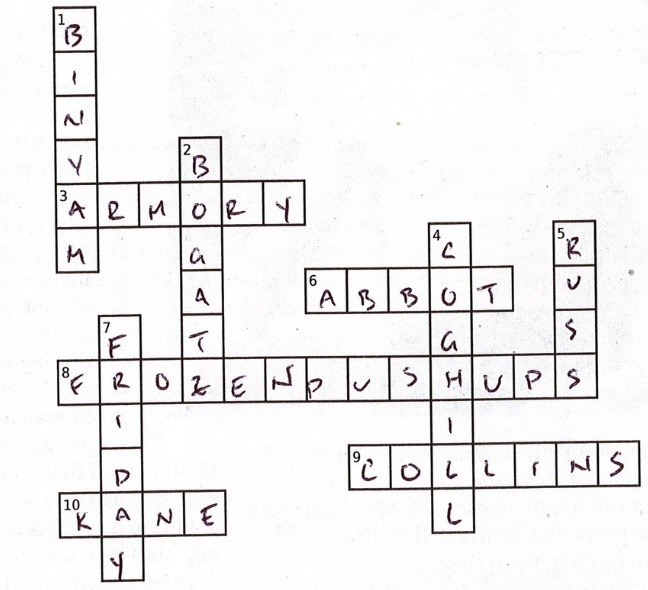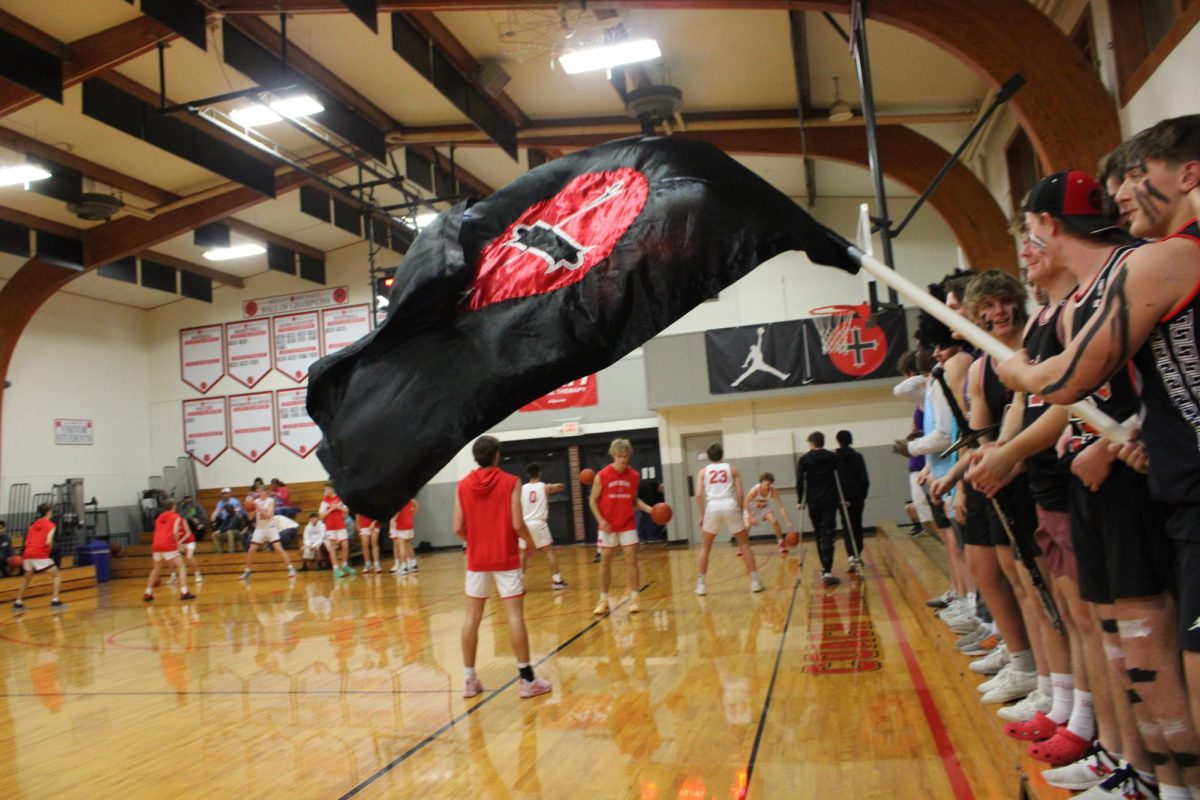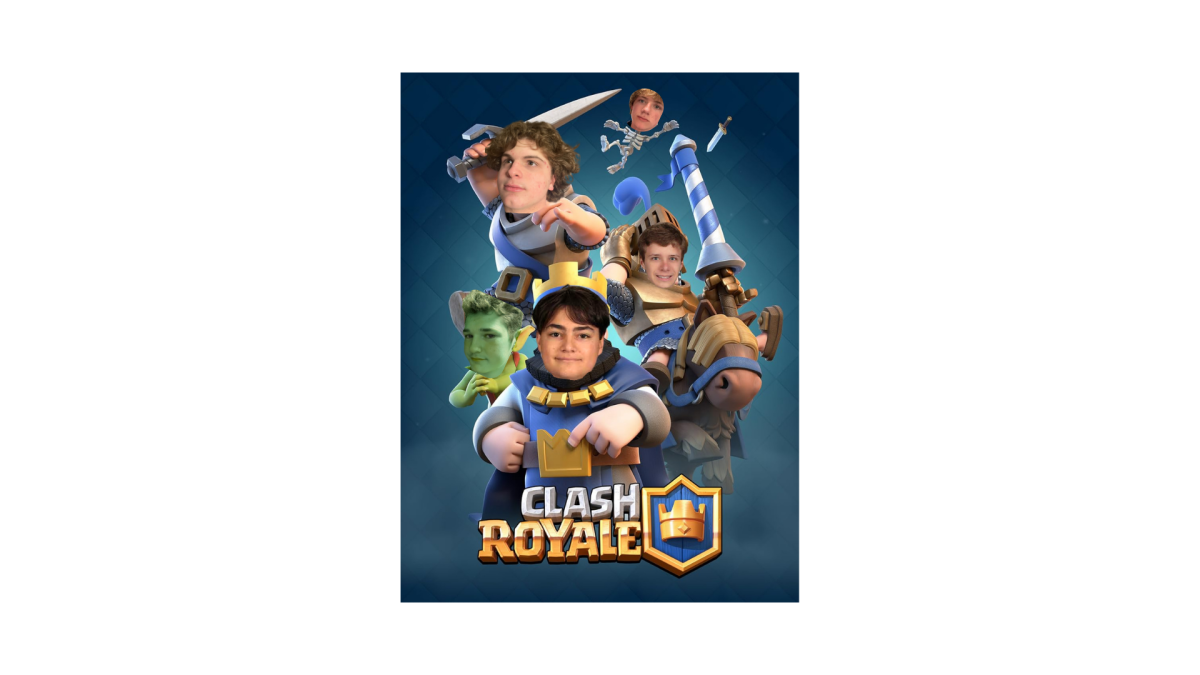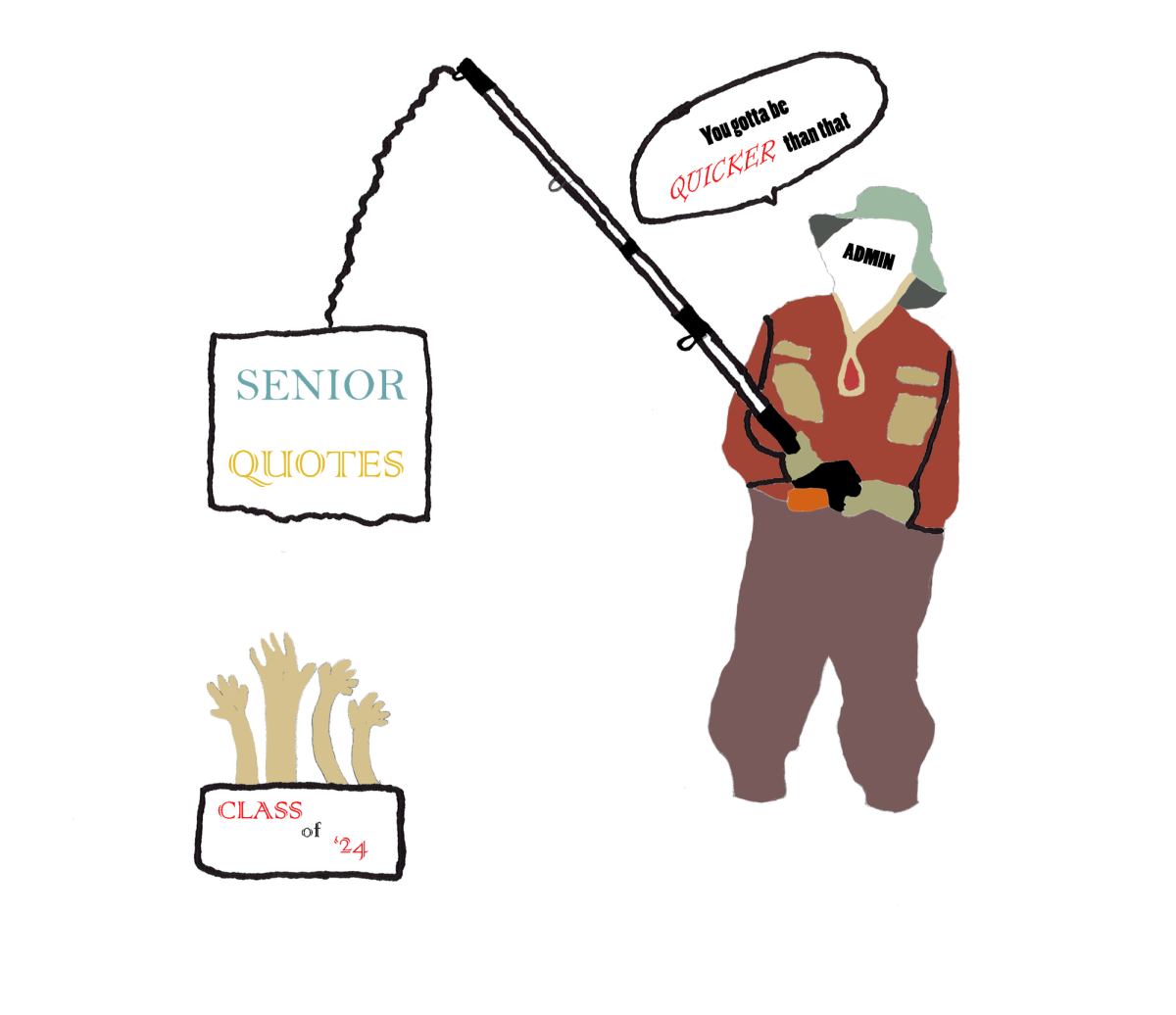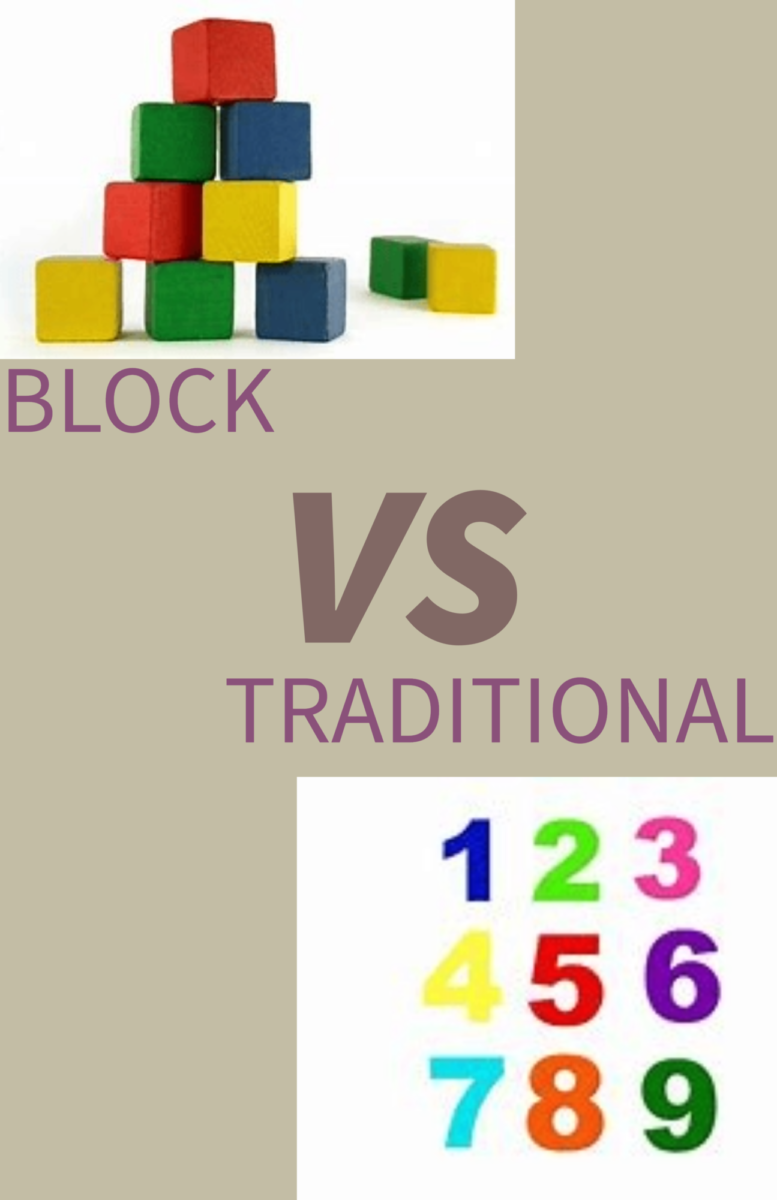Schooling today can be broken down into two general timeframes: block scheduling and traditional scheduling. A block schedule is the idea of having longer, fewer classes throughout the day while a traditional schedule promotes more, shorter classes. Research has gone both ways backing each side of the topic, and which one is more beneficial towards students and teachers. In my opinion, the block method would help students at Mount Michael more because of its ability to give students more time to learn and ask questions. Some topics taught may be too complex to either learn, ask questions about, or both in only 43 minutes. Giving more time to each class, block scheduling almost forces one to really “lock in” to the discussion because of the length of the course. Traditional’s 40-some minute classes sometimes allow students and maybe even teachers to disengage from the topic because they might be thinking about one of the eight other classes they need to be at that day. When only having three to five classes a day, it could be easier to focus on an individual class. As Mount Michael is one of the only high schools in Nebraska still with nine periods a day, students here are open to more pressure and stress that the majority of other schools do not give. Block scheduling is also a tactic used beyond high school education, as a common variation of it is used universally in college. By going to a “college prep” school, I would think that the school day and time frame with similarly resemble a college school day, but I could not be more wrong. Mount Michael uses the 43 minute class and 4 minute passing period strategy, which can cause many problems for many people. The shortened classes sometimes disallows students to reach their maximum learning intake by cutting off the class earlier than necessary. Also, this leaves students with less time to ask questions about what they are unsure of, leaving them to resort to a classmate’s help or contacting the teacher outside of school time, which may not be ideal to some people. The short passing periods also leave students at a disadvantage for three major reasons: getting to class, bathrooms, and after class help. Obviously, 4 minutes is not that much time, especially if your next class is across the street in the Sokol Building and you still need to go to your locker. Another place a student may need to go before class is the bathroom. Realistically, going to the bathroom, grabbing items from a locker, and then getting to a class in four minutes is ridiculous. Although colleges typically have bigger campuses than most high schools, all colleges allow students AT LEAST five to ten minutes to get to the next class, taking into account the needs of the students. Lastly, shorter passing periods limit after-class discussion with teachers and students because of the students’ worry of making it to the next class on time.
Categories:
Which Way Works: Block vs Traditional
Connor McLain
•
October 10, 2023
0
Donate to The Mount Online
Your donation will support the student journalists of Mount Michael Benedictine High School. Your contribution will allow us to purchase equipment and cover our annual website hosting costs.
More to Discover
About the Contributor

Connor McLain, Chief of Distribution & Advertising Lead
Connor joined The Mount Journalism team in 2022. Connor also participates in Soccer and Choir.

